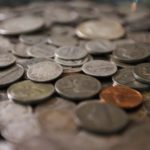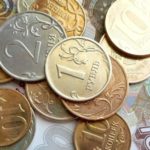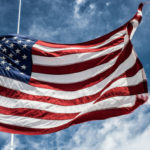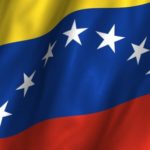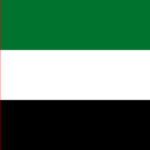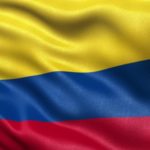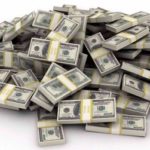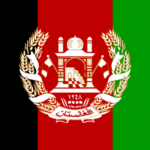Interesting facts about currencies
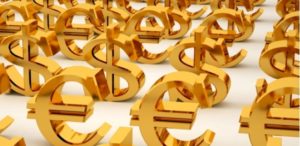 Money is a universal medium of exchange, long ago invented. Different countries have currencies, the most amazing bills and coins, but they all share one thing – the purpose of their use.
Money is a universal medium of exchange, long ago invented. Different countries have currencies, the most amazing bills and coins, but they all share one thing – the purpose of their use.
Two-thirds of all cash dollars are abroad.
The amount of the external debt of the United States, however, exceeds the amount of all cash dollars in the world by about ten times.
For the first time paper money appeared in China, around the fifth or sixth century AD.
In Australia, Thailand, New Zealand and some other countries, bills are made of plastic.
Most of all, American dollars are faked in North Korea.
In Zimbabwe, inflation reached a record high of 321 million per year at its peak. As a result, the country abandoned its own currency, switching to US dollars.
In the territory of modern Canada, the first paper bills were playing cards.
The most popular banknote in the world is 500 euros.
The euro is the youngest currency in the world.
The most popular currency name in the world is the franc. True, in different countries it is different, just called a franc.
US dollars, officially or not, are accepted almost anywhere in the world, in any country (see the curious facts about the countries).
In 27 countries, the national currency is called the dollar.
In the USA, it is forbidden to depict live people on banknotes.
The most expensive money in Russia – kilogram gold coins issued by the Central Bank twice a year with a face value of ten thousand rubles.
Currently, there are several hundred virtual currencies in the world.
The first money found, dated around the 7th century BC, looked like a coin. They were found in the territory of modern Libya.
In the 19th century, money was made in Alaska from leather.
The heaviest coin in the world, weighing 5 kilograms, was created in China.
In the USSR from the 20’s to the 80’s of the last century, gold coins were produced – chervontsi.
In the production of paper money, flax and cotton raw materials are used.
In China, paper ads with contact information periodically appear on paper bills.
In the 1980s, in Burma, money was in unusual denomination of 35, 45, 75 and 90 kyats (local currency).
The dollar sign is older than the US currency. At first it was applied to the Spanish peso.
The design of euro banknotes of different denominations plays out different architectural styles.
